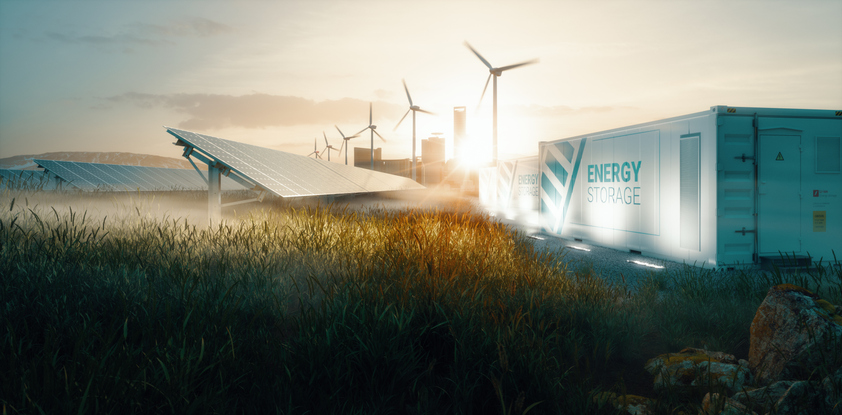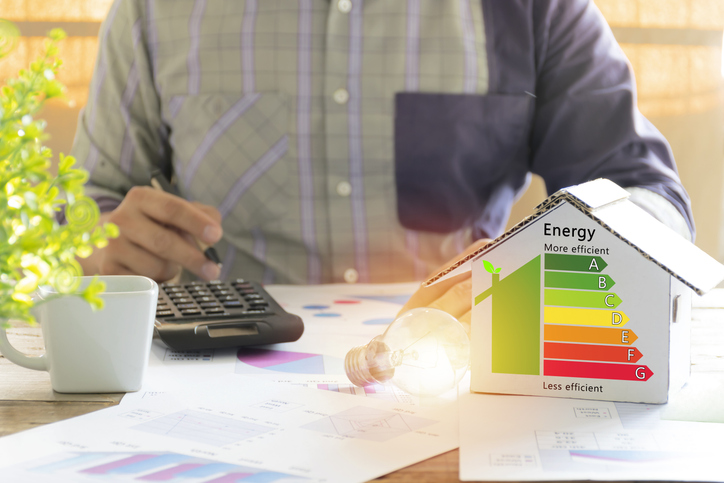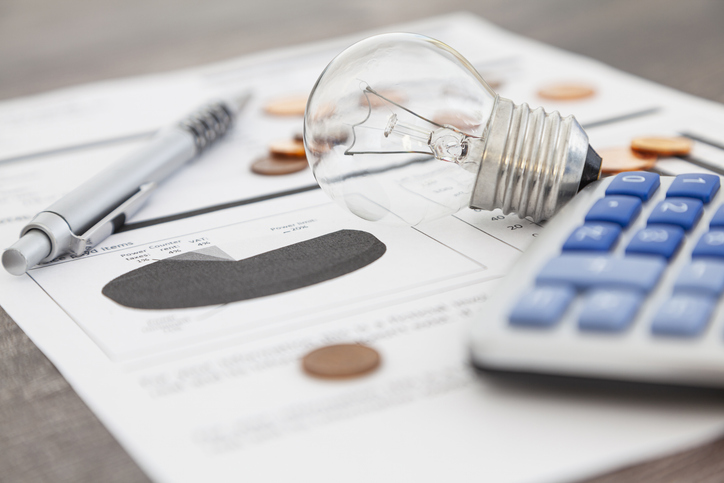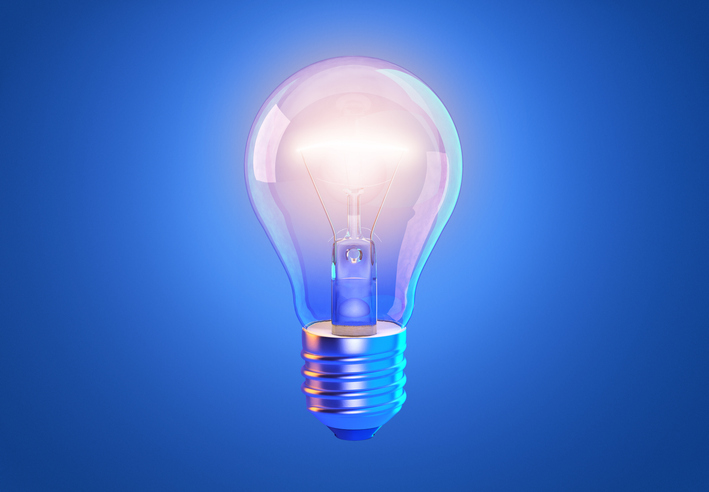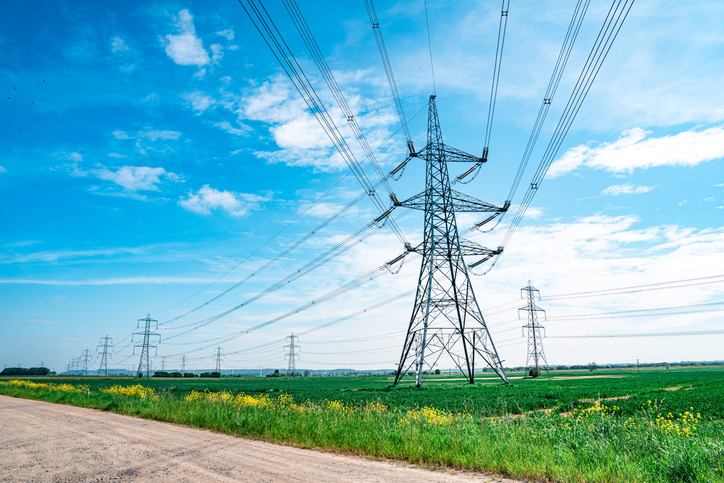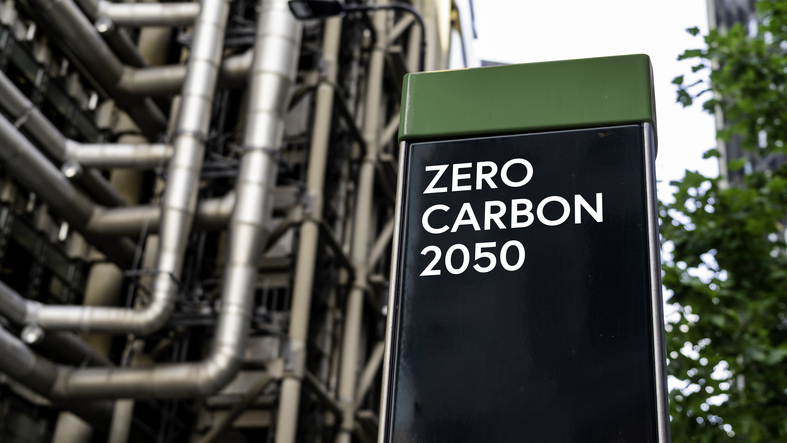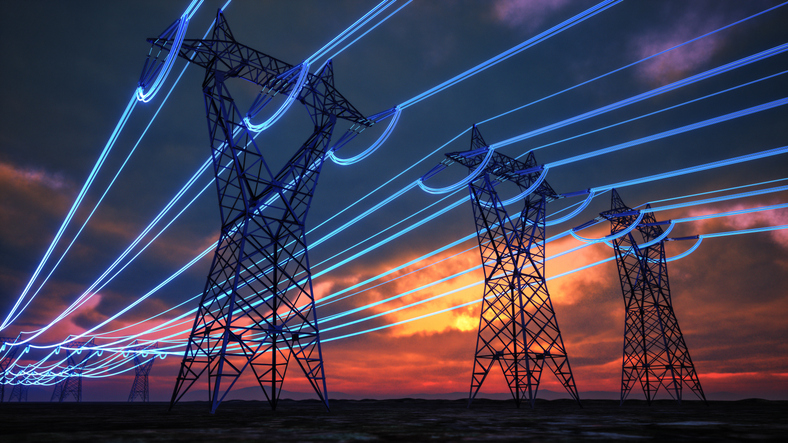
As organisations look for smarter, more efficient ways to monitor and control energy usage, new technologies are reshaping the industry. One of the most effective and scalable solutions is LoRaWAN — a wireless communication technology that makes it possible to connect hundreds of devices and sensors across large sites without the need for complex cabling or expensive infrastructure.
But what is LoRaWAN, how does it work, and why is it becoming so important in energy management?
What is LoRaWAN?
LoRaWAN stands for Long Range Wide Area Network. It is a low-power, wide-area networking protocol designed to connect devices over long distances while consuming very little energy. Unlike Wi-Fi or cellular networks, LoRaWAN can transmit data several kilometres, making it ideal for large industrial, commercial, or campus-style environments.
The system is built around three main components:
• End devices (sensors/meters) – Installed on-site to collect data such as electricity, gas, or water usage.
• Gateways – These receive signals from the devices and pass them on to the network server.
• Network server and platform – Manages the data, ensuring it reaches the correct application for monitoring, analysis, and reporting.
How Does LoRaWAN Work in Energy Monitoring?
When used for LoRaWAN energy monitoring, sensors placed throughout a building or site automatically transmit data on energy consumption to a central platform. Because LoRaWAN has such long-range capabilities, a single gateway can cover an entire building or even a multi-building site.
This makes it possible to collect highly accurate, real-time data without installing extensive cabling or relying on costly SIM-based solutions. The information is then analysed in an energy management platform, giving managers visibility of consumption patterns and inefficiencies.
Why Use LoRaWAN in Energy Management?
The adoption of LoRaWAN systems for energy management is growing rapidly because it addresses many of the challenges businesses face in monitoring energy use:
• Wide Coverage – Ideal for large facilities, campuses, and industrial sites.
• Low Power Consumption – Sensors can run for years on a single battery, reducing maintenance costs.
• Scalable – Easily add new devices as monitoring requirements grow.
• Cost-Effective – Minimal cabling and infrastructure needed compared to traditional metering systems.
• Real-Time Insights – Data is collected continuously, helping organisations respond quickly to inefficiencies.
For businesses aiming to improve efficiency, reduce costs, and hit sustainability targets, LoRaWAN energy management provides a flexible and future-ready solution.
Elcomponent and LoRaWAN Energy Monitoring
At Elcomponent, we specialise in delivering advanced LoRaWAN systems for energy management. By combining our expertise in sub-metering and data collection with the latest LoRaWAN technology, we provide solutions that give businesses the insight they need to reduce energy consumption and achieve meaningful cost savings.
Whether you operate a single commercial site or manage a nationwide estate, LoRaWAN energy monitoring makes it simpler and more affordable to understand and control your energy usage.
Contact Elcomponent today to find out how our LoRaWAN energy management systems can help your organisation cut costs, improve efficiency, and reach its sustainability goals.

